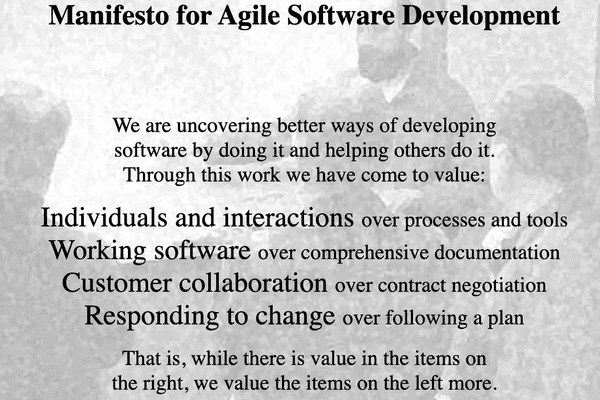I recently read the article “Scrum Is Dead. All Hail Kanban, the New King” and immediately grasped the challenge: commitment hostage taking. The blackmailing of the scrum team to complete their user stories. Or in the author’s own words, “Carry-overs are bad.” At some point, most developers will experience it. With two days remaining in the sprint and only half of the stories completed, there is a mad dash as the scrum team works overtime and (heaven forbid) takes shortcuts, happily acquiring technical debt to deliver the stories because they fear the dreaded “If you didn’t think you could make it, why did you agree to it?” conversation. There could be many root causes: Over optimism at the start of the sprint; Outside pressure from managers; The fear of missing deadlines; A bottleneck inside the scrum team; Increased workload from technical debt; An interpersonal conflict within the team; Roadblocks from external teams. All unsustainably solved by working quicker and longer. So unsustainable that the author pronounces scrum dead.
Whenever there is a problem with agile (and scrum is a subset of agile), I find it helpful to revisit the Agile Manifesto. It never takes long to read. And in this case, it is quick to figure what value they are breaking: “Individuals and interactions over processes and tools.” The practitioners of the author’s scrum are too focused on the process (“carry-overs are bad”) and too focused on the hit to velocity if the story carries over. Focus on the running average (which will account for swings such as carryover). The value of measuring running average velocity is to be more confident in quantifying uncertainty, measuring team dynamics, and communicating clearly future progress to stakeholders based on empiricism. Perhaps most of all, do not use velocity and commitment as a stick to make the team perform. Velocity is a symptom and not the cause of a high (or low) performing team. If velocity is trending downwards and stories are carried over, listen to the concerns of the scrum team during the retrospective, perhaps encouraging the team to participate in a “Five Whys” exercise to identify root causes. Changing processes risks papering over the fact that there is conflict within or outside the team that a trusted party needs to confront and mediate. It’s okay to miss your sprint commitment. Just don’t make it a habit.


